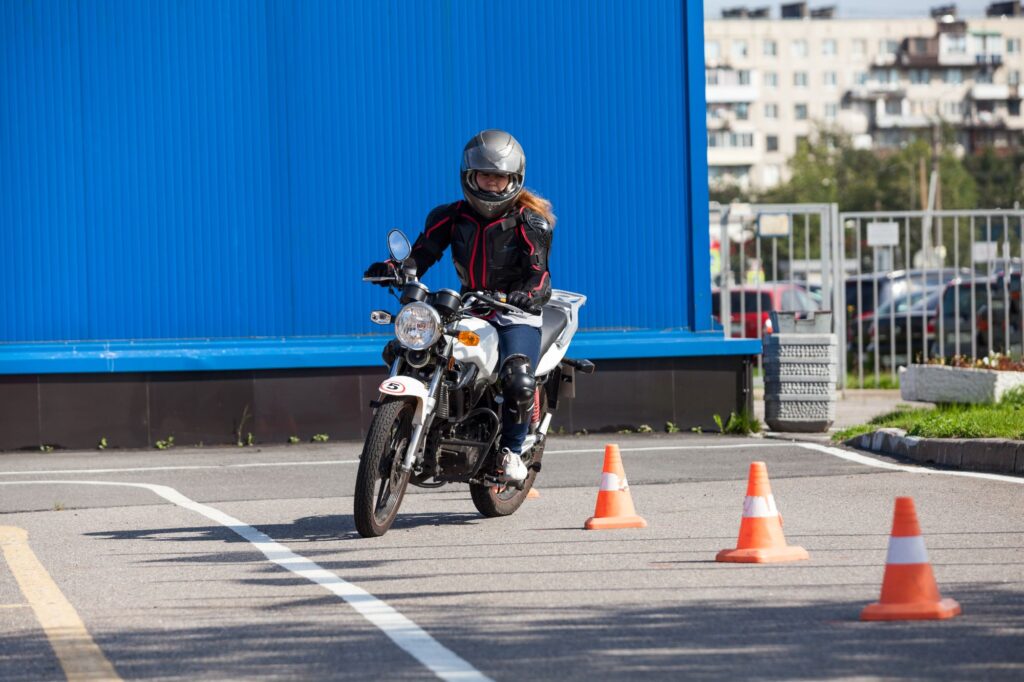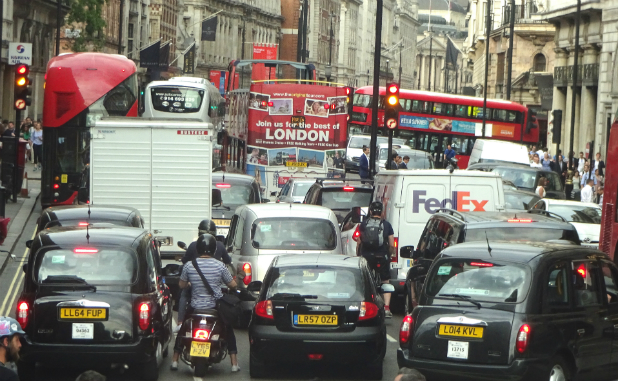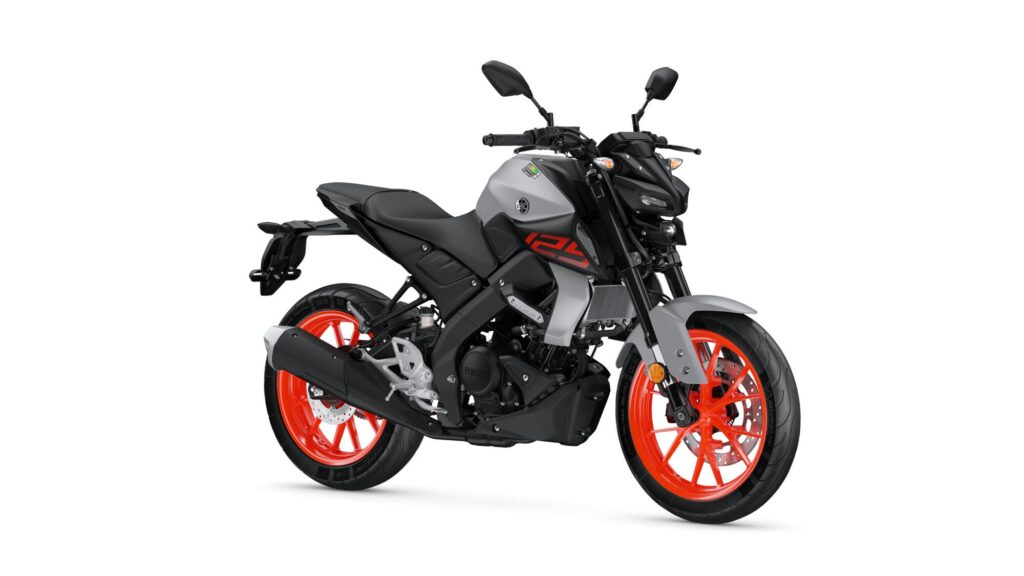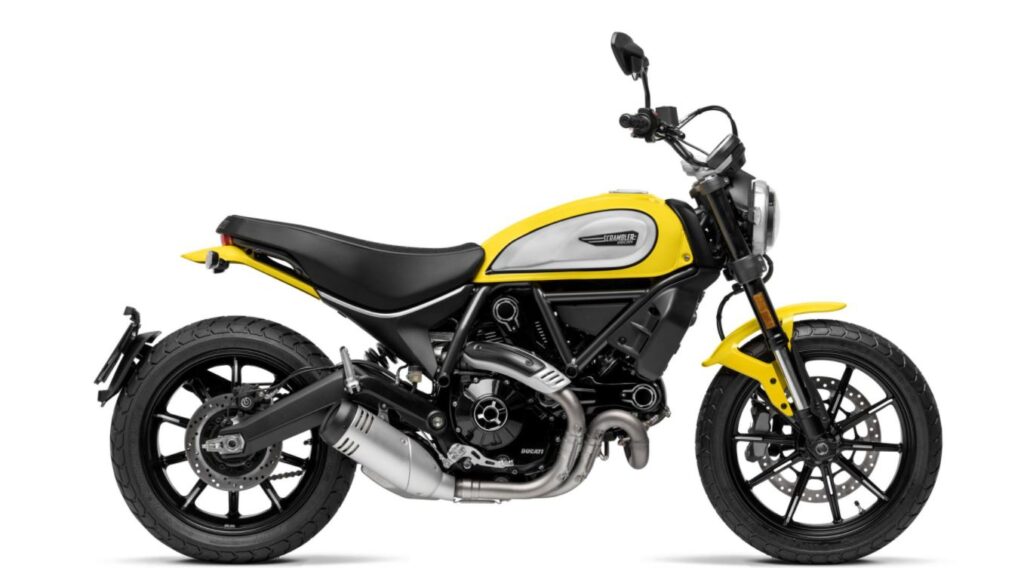
Please note that in the current lockdown, we don’t advise that you make any unnecessary trips.
We know a beckoning road is difficult to ignore. But motorbikes that are kept in storage, especially over the cold winter months, can require a little TLC before they’re able to get going. If you’re just taking your motorcycle out of long-term storage, you might want to consider following our tips first to ensure it’s roadworthy.
Hopefully, you followed our tips on how to safely store and protect your motorbikes as following these few extra steps can help reduce the likelihood that your bike will suffer from issues when you take it back on the road. Whatever your situation, the following suggestions should help when you’re ready to ride.
Clean your motorcycle
It might seem a bit backwards to clean your motorcycle before performing all the checks and maintenance, but it’s actually a lot easier to see what’s going on when you’ve wiped away the top layer of dust or dirt on your motorcycle. If you tend to keep your bike clean and buffed even while it’s in storage, you can skip this step.

Either way, it’s generally a good idea to inspect your bike for any obvious faults, whether these are cracks in rubber joints or mechanical issues with your fuel lines.
Check your bike for rust or corrosion
The next step is to check your bike for corrosion or rust. This is particularly important if you’ve left your motorcycle outside or in a cold, damp area like a poorly insulated garage.
Although rust might seem like a simple aesthetic issue at first, if left untreated it can cause serious damage to your motorbike, especially if it gets inside the engine. That’s why it’s a good idea to check your bike for rust if it’s stayed in storage for a while. Make sure to check these areas in particular:
- Brake and oil lines
- Throttle cables
- Rims and spokes
- Motorcycle frame
In the event you find corrosion or rust in these areas, it might be a good idea to pay your mechanic a visit – unless you’re handy yourself and know how to replace parts.
Check the battery

One of the biggest issues that most riders face when they take their motorcycle out of long-term storage is that the battery has either expired, died or run out of battery. If you’ve been using a trickle charger, you might find that your battery is good to go, but it’s best to give everything a once over first.
You might want to check the voltage on the motorcycle using a voltmeter, which should plug easily into the battery terminals. You should plug this in according to the colours of the wires, so red wire to red terminal and black wire to black terminal.
This will give you a reading for the battery’s voltage, which you can then compare to the voltage on the battery itself. If the voltage is vastly different to that marked on the battery, you’ll likely need to replace the battery.
Check your tyres
Your tyres are extremely important, particularly as they’re the only part of the bike touching the ground. After months or years of not using your motorcycle, the tyres can be prone to damage.
It’s important to check your tyres don’t have cracks or swelling, and that they’re inflated property. You might have overinflated your tyres before storing your bike, in which case you’ll need to deflate them to the correct measurement. A tyre pressure gauge can help with this.
Most tyre manufacturers recommend that you only use motorcycle tyres for three to five years, after which you should replace them. You can check how old your tyres are by looking at the side of the tyre for the DOT code. This should end in four digits, which refer to when the tyres were made.
The first two numbers indicate the week and the second two indicate the year the tyre was created. For example, 0321 would mean the tyre was manufactured in the third week of 2021.
Change the oil

This point brings with it a lot of debate among bikers. Many worry that condensation will collect inside the oil tank if it’s not completely full. If you changed and topped up the oil before you stored your bike, it’s likely that you won’t need to change the oil at all when you’re taking your motorbike out of storage.
Others say that even if you didn’t top up the oil before you let it rest in your garage, it’s likely that any condensation build up will evaporate once you’ve ridden around for a while. If you’re really worried about the impact that condensation will have on your motorcycle, it might be a good idea to change the oil instead.
Replace the fuel
What to do with your fuel is another hotly debated topic. If you belong to the school of thought that suggests you remove the petrol from your bike before you store it so it doesn’t go bad while in the garage, you can simply top up your petrol and your bike should be good to go.
If you’ve filled your tank with stabiliser and fuel, this should have kept the fuel from evaporating and protects against rust and corrosion. So long as you’ve applied the stabiliser correctly, your fuel should be okay!
Make sure the carburetor and jets aren’t clogged

If you’ve drained the carbs of fuel, it’s unlikely that you’ll need to do anything special after this. A few cranks to get the engine started and the fuel running into the carbs should help get your bike started.
In the event that you haven’t cleaned the carburetor before you put your bike in storage, it’s best to try the bike before you attempt to clean the carbs as taking them apart can be quite fiddly and you might not need to clean them.
For some, leaving a bike unused over long periods could cause fuel to clog up the narrow passages of the carb, which can prevent the bike from starting properly. In this case, you might have to clean them or, if you don’t feel comfortable doing this yourself, ask a mechanic for help.
Make sure your insurance policy and road tax is up to date
We know how it is when the open road calls: most of the time, all you want to do is get up and go. Before you do that, make sure your insurance policy is up to date and you’ve taxed your vehicle too.
If you’re looking for affordable motorbike insurance, give us a call on 0330 123 1028 for a free, no-obligation quote. We offer specialist insurance that can be tailored to your needs. Cover can include agreed value cover for classic or modified bikes, cover for European travel, and more.
Attempt to start the motorcycle
Once you’re happy that you’ve done everything you can to ensure your bike will start just fine, it’s time to take it out and attempt to start it. If all goes to plan, the engine should turn over and you’ll hopefully be able to ride away!
If it’s been a while since you rode your bike, you might want to also consider additional training sessions, whether this is with IAM, RoSPA or your local training centre. You can usually complete these sessions on your own bike too, so you get practice you can directly apply when you start riding again.





